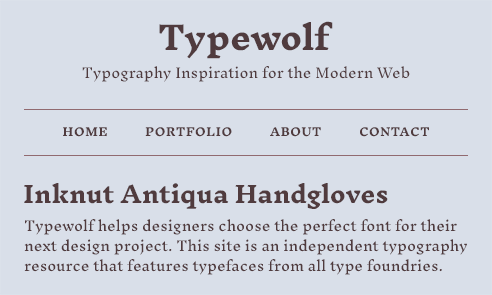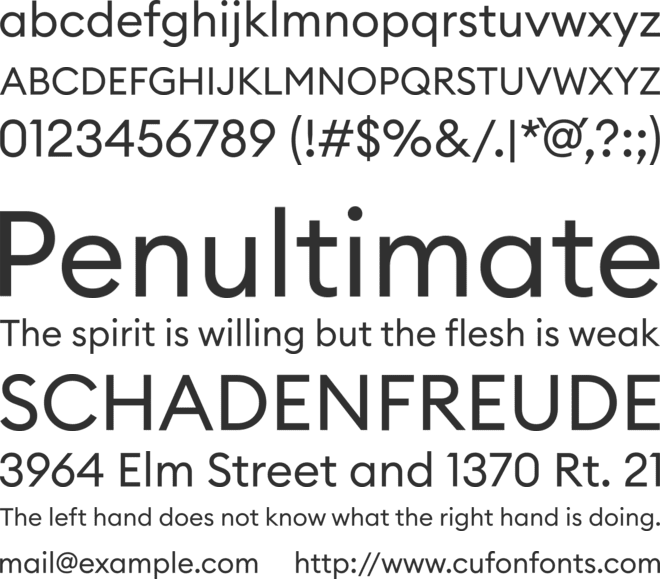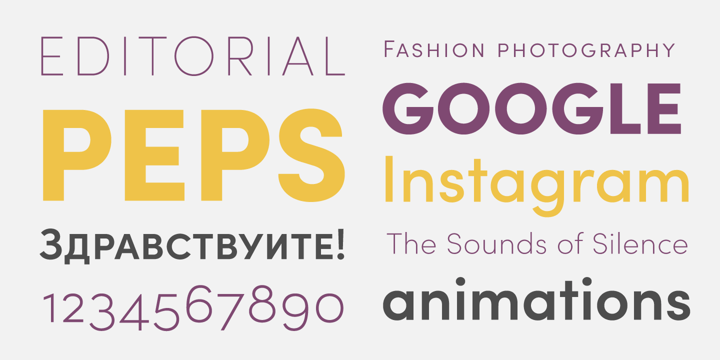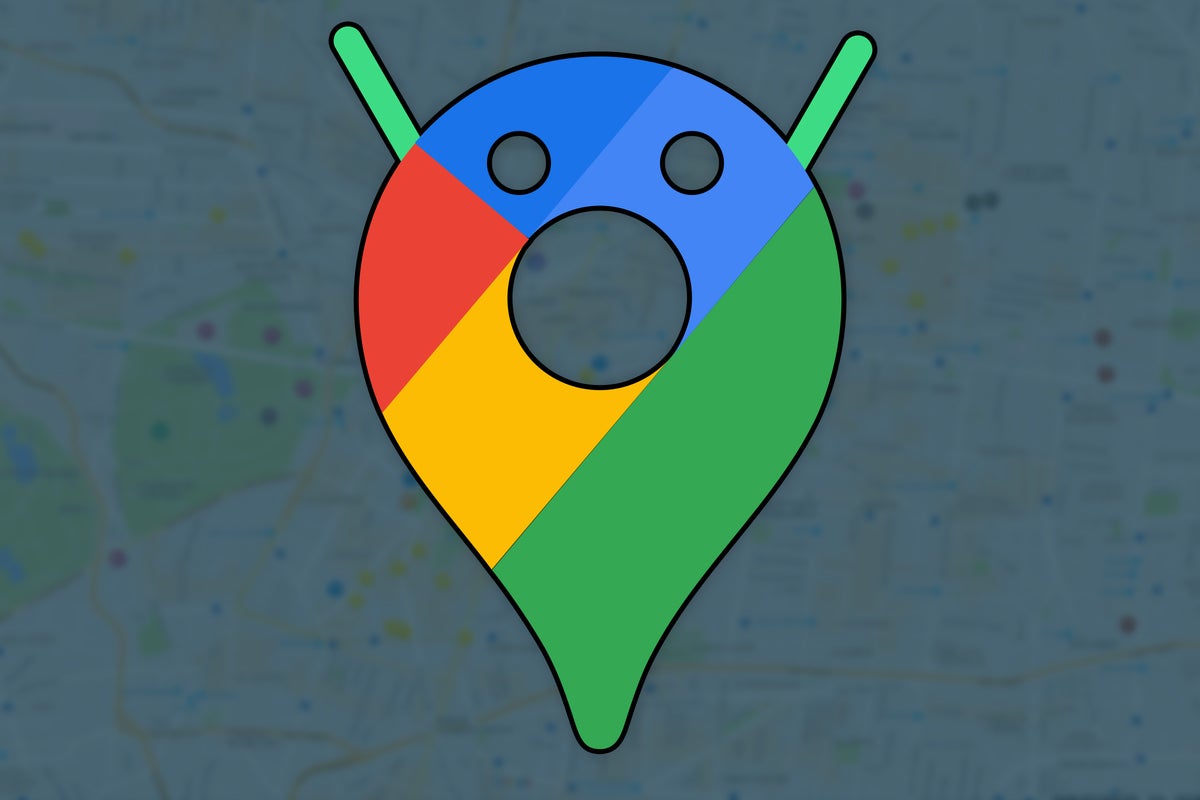

That changed in 2000 with Microsoft’s new ClearType technology, which optimized the resolution on LCD screens and made fonts like de Groot’s easier to read. “I had some sketches already, so I adapted those and added these rounded corners to get some design feeling in it.” For a long time, computer displays lacked the pixel density to faithfully render all fonts rounded corners appeared not as an arch but a stair. “I designed it in quite a hurry,” he says. “It’s a relief,” he says.ĭe Groot created Calibri in the early 2000s, as part of a collection of fonts for enhanced screen reading. It’s the end of an era, but Calibri’s designer, Lucas de Groot, has no qualms about letting his typeface rest for a bit. Actually, five of them: Microsoft announced that it plans to replace Calibri as the default font with one of five new typefaces it released this week. But now there’s a new sans serif in town.

It has appeared countless times in unformatted Word documents, PowerPoint presentations, and Excel spreadsheets, a typographical reprieve for the decision-paralyzed. For almost 15 years, Calibri has reigned as the default and therefore dominant font choice for Microsoft systems. "Google apps are beginning to adopt 'Google Sans Text' ". ^ "Downloads | Google Fiber Brand Guidelines".^ "How Google created a custom Material theme".

"Now we know: Google Sans is actually a size-optimized version of Product Sans".

"Google created an entirely new typeface (Product Sans) for its snappy logo redesign". In 2020, Google introduced Google Sans Text, yet another variation of Google Sans featured in some used products, with the most notable difference being the added spur on the capital letter "G". Sometime between 20, Google also created Google Sans Display, a variation of Google Sans. In 2018, Google created Google Sans, a size-optimized version of Product Sans used as the display font of Google's customized and adapted version of Material Design, the "Google Material Theme". The font is also used on the Google Store, and in some versions of Android. Product Sans is mainly used in the text of Google's numerous services' logotypes such as Maps, Drive, News, Earth, etc. The differences between the logo and Product Sans allows for distinction between the Google logotype and product name. Slight modifications do exist in the logo compared to the typeface: the most noticeable is the slanted 'e'. The present Google logo is based on Product Sans.


 0 kommentar(er)
0 kommentar(er)
